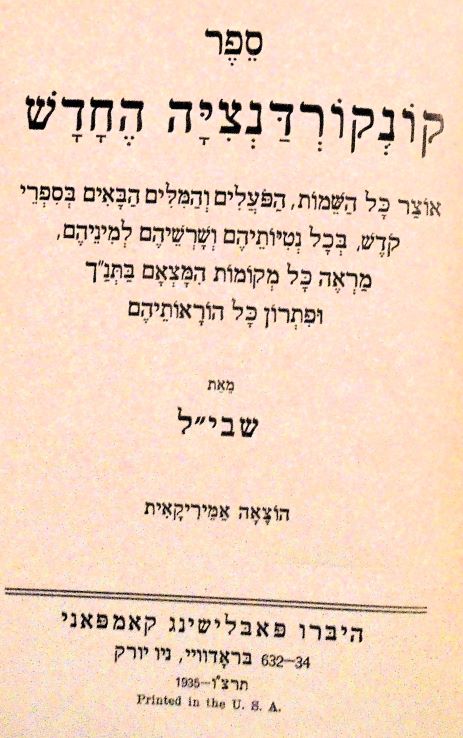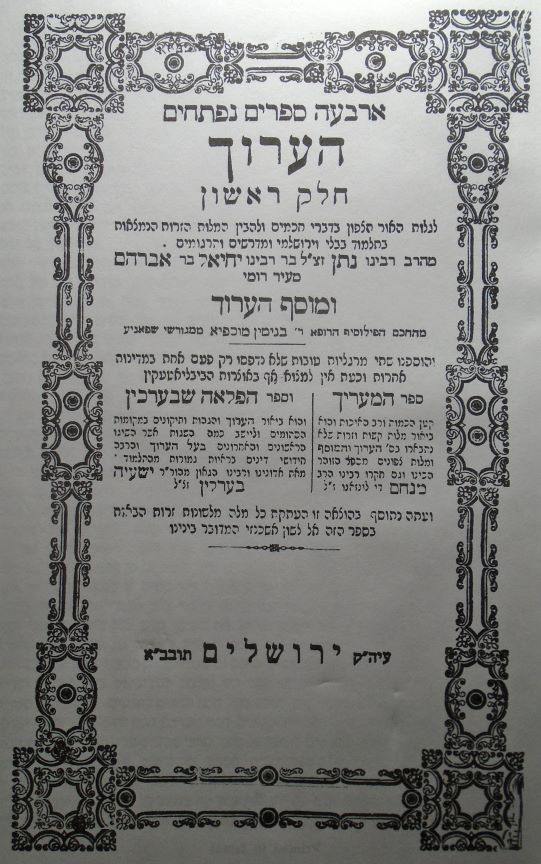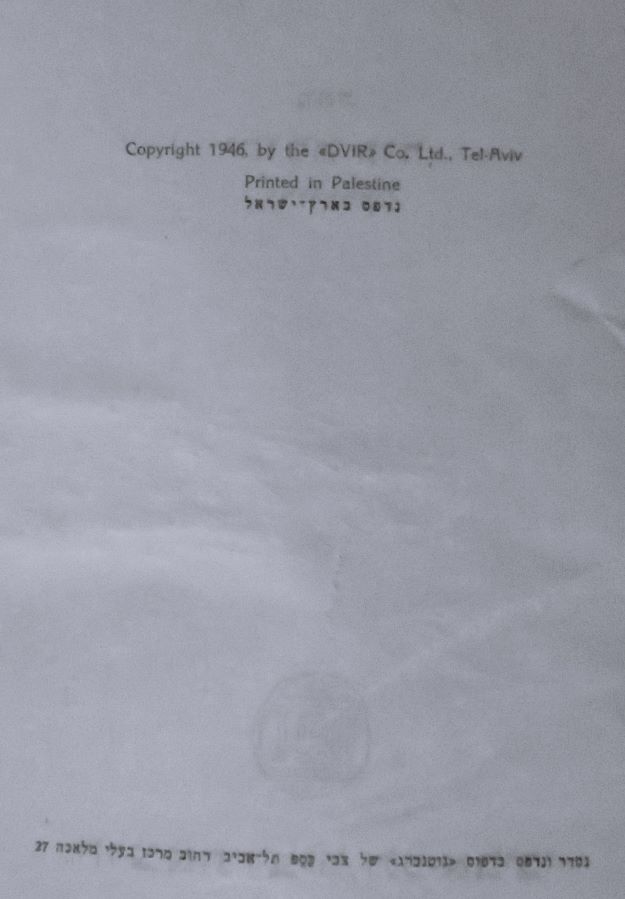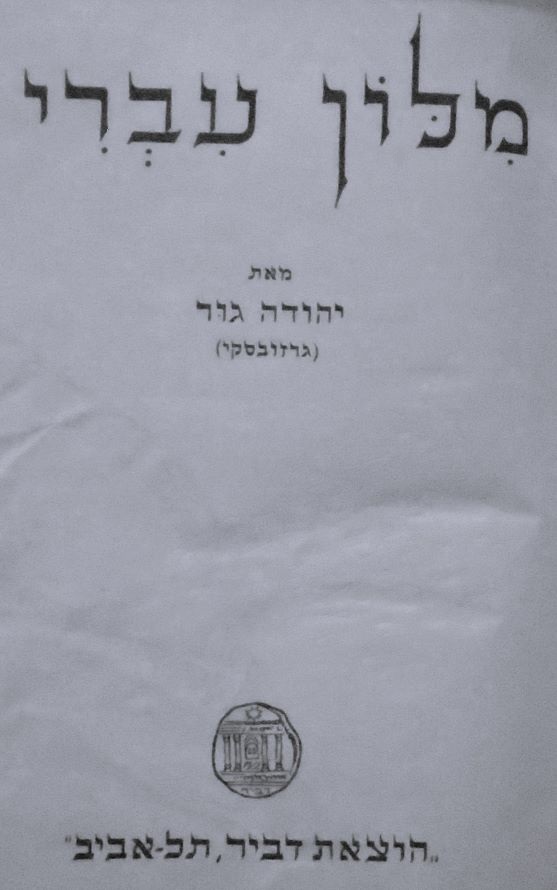




This composition is a fusion of a free translation into English of the Book of Formation – Sefer Yetzirah – with an accompanying elucidation that I call the Companion. Some lessons from the Book of Formation are divided into two or more consecutive web pages.
I've added words in brackets into the text to complete some ideas
which I explain in the Companion. For example, where the text
says,
In the second page of the first lesson of the Book of Formation I've noted in the Companion a comment on three readings of the Hebrew word blee MAH of which I had to choose one. The word blee MAH can mean "bridled" in the sense of how a horse is guided with a bit in its mouth. Another meaning is hollow. Thirdly, this word can be divided into two words: BLEE MAH, meaning "without what." In other words "without whatness" – intangible. I've chosen the first meaning to use in my translation in the sense that vowels guide the consonants into words.
Another type of entry in the Companion is a sidebar (although not presented as a sidebar). An example is with the second lesson in the Book of Formation. The ten vowels correspond to the ten fingers "five opposite five with the covenant in the middle." Here, the covenant is with both the tongue and the genitals. This is a suggestion of postures for meditating. One posture is separately holding the hands with the palms facing the face at the height of the mouth. One might stand or sit. Another posture has the hands with the palms facing upward at the height of the genitals. My preferred position for this configuration is seated, with the back of the hands resting on my thighs. I've seen pictures of men sitting cross legged. However, you don't have to take this lotus position. Regardless, there's no evidence that the Book of Formation recommends bringing the thumb and forefinger together. This is an innovation of Eastern meditation and foreign to Jewish meditation.
A prerequisite for my composition is a full, fluent command of the Hebrew language of the Torah Sages during the period from about two centuries before the Common Era (CE) through the first three centuries of the Common Era. This is the period of the Tanaim (tah nah EEM) – the learners or the teachers. Rabbi Akiba, reputed editor if not composer of the Book of Formation, lived around the year 100 CE and was one of these men. The Tanaim began to codify Jewish law and practice. The era of the Tanaim culminated with Rabbi Judah, the Prince (Nassi, nah SEE), who published the results of several centuries of toil. This was the Six Orders of the Mishnah. "Mishnah" means lesson and each lesson is the smallest unit of study in the Six Orders. Each mishnah/lesson is rather short, maybe three sentences long. In the Jewish tradition each lesson in the Book of Formation is a mishnah, except that I prefer English word.
Let me note that there are some words in the Book of Formation that I haven't seen or heard before. On such occasions, I use three tools: a comprehensive, contemporary Hebrew dictionary entirely in Hebrew, a classical dictionary of Rabbinic words and expressions (in Hebrew), and a Hebrew concordance to the Hebrew Bible (Tanakh).
I start with the concordance to see if the word appears in the Bible. If so, I consult a classical commentary on the particular verse to see what it has to say. Then I look the word up in the Aruch (‘ah ROOKH). This is the classical dictionary that I just mentioned. Finally, I consult with my dictionary A Hebrew Dictionary. It is by Yehuda Gur, published in "Tel Aviv, Palestine," in 1946, and contains 1,113 pages. (The publisher was Dvir, now Kinneret Zmora-Bitan Dvir.)
For example, part 2 of Chapter I, Lesson 2: The word I translate here as "nakedness," mah ‘OHR, is mistakenly not in the Concordance, as we shall see. A dead end. Next, I looked up the word in the Aruch. It is not to be found. Worrisome, but not the end of the labor. The word mah ‘OHR does appear in my dictionary which cites its usage in the Biblical book of Habakkuk (2:15) "That thou mayest look on their nakedness!" The dictionary gives a definition of "MAH ‘ahr" which I didn't know the meaning of. Secondly, the dictionary gives us the Hebrew word for "shame." Then the Hebrew word "‘ehr VAH" which refers to genitals. However, usually ‘ehr VAH refers to misuse of the genitals, as in adultery which is called an ‘ehr VAH – uncovering the nakedness of another man's wife. Finally, "there are those who explain mah ‘OHR as the situation of a man who is naked – ‘ah ROOM without clothing." Here, the Hebrew word for "naked" is the same word that is used in Genesis to refer to Adam and Eve.
But what does MAH ‘ahr mean? My dictionary gives its
definition as: from ‘ah ROOM, ‘ehr YAW. I already
explained the first of the two. The second, ‘ehr YAW, is
also an adjective meaning "naked." The word MAH ‘ahr
appears in the Biblical book Nahum 3:5 – "And I will show the
nations thy
In the end, I have translated Lesson 2, part 2 as